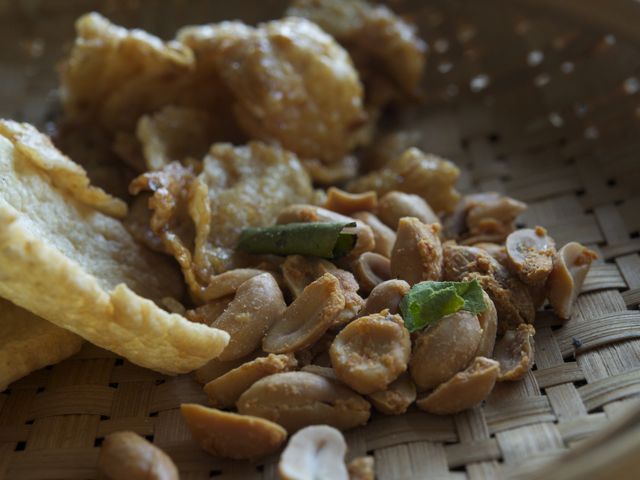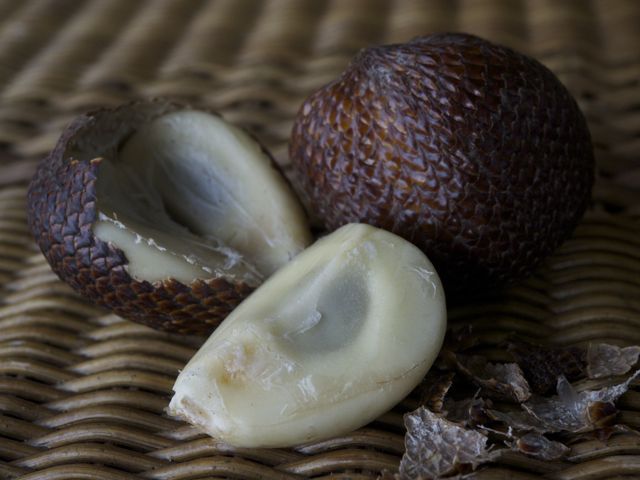5.7.11 Gone Crackers
We went back to visit the surgeon because G's pain level had become rather worrisome. Fortunately he doesn't have a clot or deep vein thrombosis, but he did come away with some new painkillers. (Hello, Sister Morphine.) And I came away with several treats from the hospital snack shop. What with the crutches, the pillows, the xrays and G's backpack, I couldn't bring the camera with me, but later I snapped some photos of my finds on the tiny terrace off our room. For the most part, we've been flat on our backs (healing is a team sport), watching bad movies and the occasional itunes download (loving The Killing--is AMC the new HBO?!), and, yes, eating crackers in bed. Fortunately, they've been some quality Indonesian crackers, a national specialty that puts Ritz to shame.
Indonesia has a huge variety of fried crackers, known as krupuk or, for the smaller varieties, kripik. They are consumed as snacks or crushed and sprinkled on soups, rice dishes and salads to add crunchy texture. Krupuk are usually made from some sort of starchy dried paste mixed with savory ingredients, while kripik are made from thinly sliced, sun-dried fruits, nuts and vegetables. There are, of course, chips made from potatoes, but also from cassava, taro and rice flour. Flavorings include peanuts, onion, anchovy and shrimp. Kripik can be savory or sweet, with popular flavors including spinach, eel, banana, jackfruit, snake fruit and breadfruit.
I'm still not sure about the base ingredient of the small sweet crackers, above, though they exuded the unmistakeable aroma of amusement park—that intoxicating combination of popcorn, peanuts and cotton candy. They were coated with an addictive coconutty glaze and had a faint tang at the very end, reminiscent of something fermented and calling to mind the delicious tempeh available here. (I don't usually like tempeh, but it's really fresh and chewy and good in Indonesia.)
Of course crackers are not the only snacking category. These peanuts are another standout, enlivened with salt, a little chile and the slightly floral flavor of wild lime leaves.
And then there's the fruit: yellow and red watermelon, tiny sweet pineapples, spiky rambutan, funky durian, chubby little bananas, succulent orange papaya, fleshy breadfruit, purple mangosteen...and salak (Salacca zalacca), also known as snake fruit. About the size and shape of a ripe fig, they grow on a kind of native palm. As you can see, the reddish-brown scaly skin really does look like that of a snake. The three interior lobes resemble and have the smooth, crisp consistency of peeled garlic cloves, but they taste sweet and a bit acidic.











4 Comments